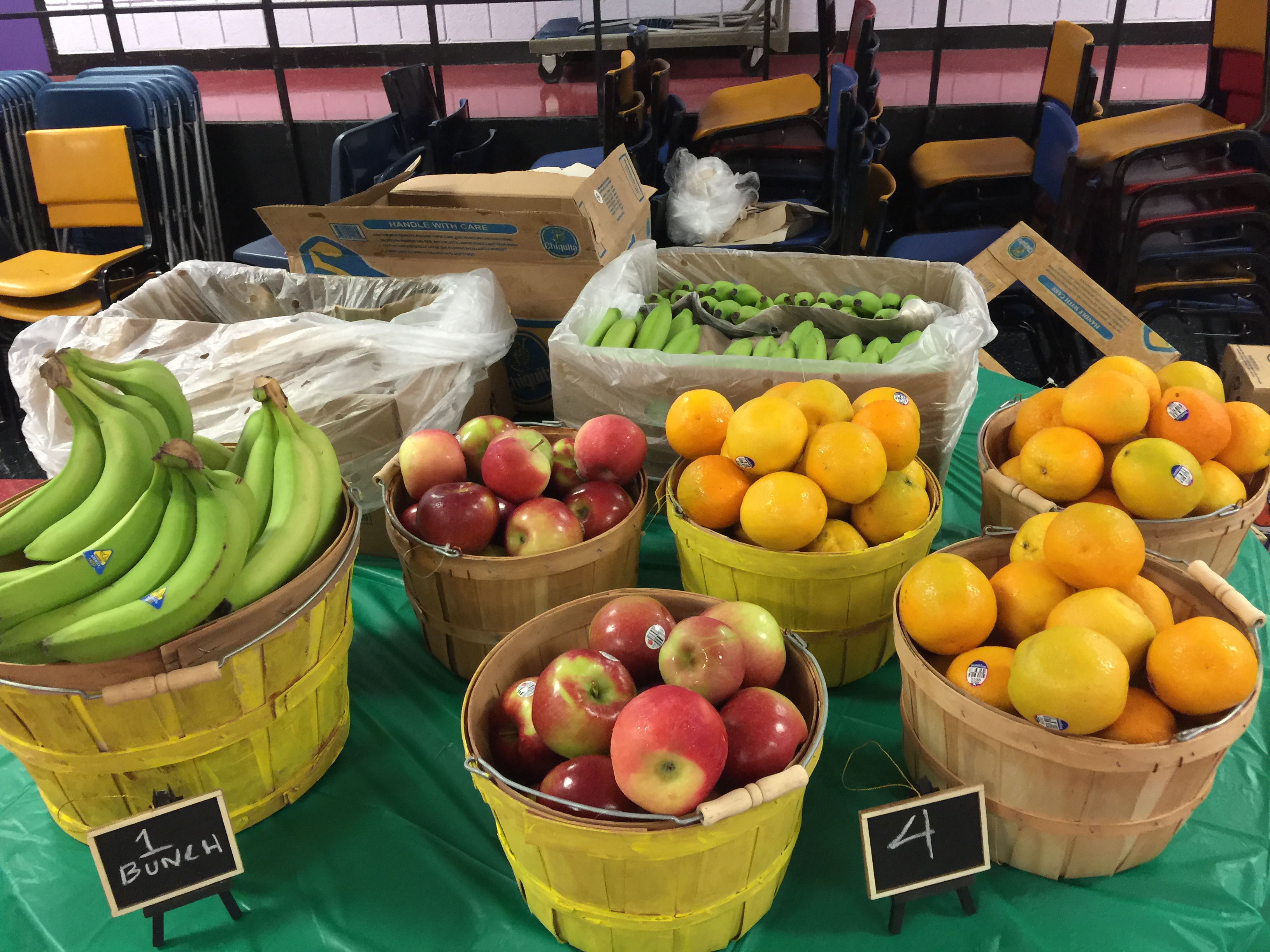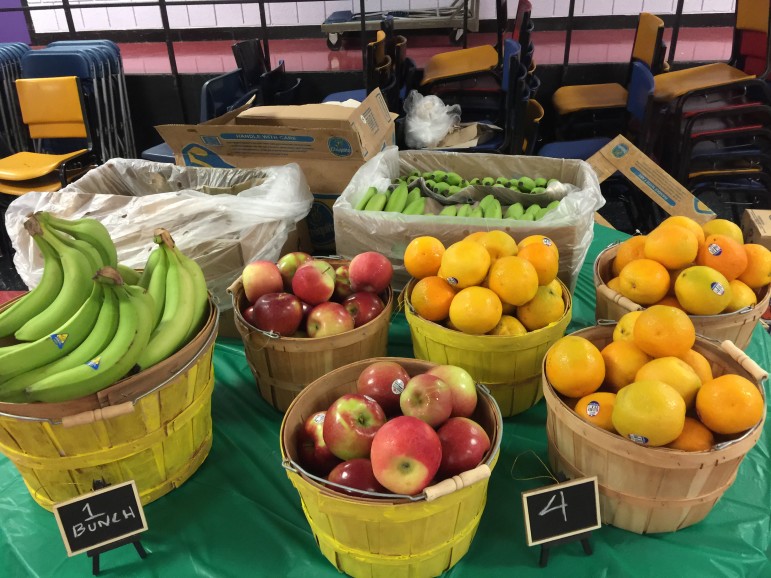
We throw out a lot of food in this country. That surplus food could be considered undiscovered treasure instead of waste.
Each day Americans throw away tons of nutritious food that could feed thousands of hungry people. According to the Natural Resources Defense Council, more than 40 percent of all food produced in the United States goes to waste. That same produce could be supplying the emergency food system. Instead, it’s decomposing in landfills and producing methane gas — a leading cause of climate change.
Hunger in America is not so much a lack of access to food; it’s a lack of access to nutrition. Compare the cost of fresh broccoli or peaches to boxed macaroni and cheese or potato chips. The fresh food is more expensive. Low-income and food-insecure families rely on processed foods as staples, which are typically lower in cost and nutrition and higher in fat, sugar and sodium. Consuming these items ultimately leads to health problems such as obesity, diabetes and heart disease — an ever-spiraling problem in the country, according to the American Heart Association.
People often don’t realize that in wealthy communities there is tremendous need right next to incredible abundance. Cambridge, Massachusetts, for example, is typically known for Harvard University and Massachusetts Institute of Technology; yet it’s also home to elementary, middle and high schools where nearly 50 percent of students receive free or reduced-fee lunches. These students rely on the school cafeteria as their primary source of nutrition.
Food For Free, a Cambridge, Massachusetts-based food rescue organization, works to bridge the gap between waste and want. The grassroots effort launched in 1981 when a group of concerned residents saw nutritious, fresh food piled high in dumpsters — in the very same neighborhoods where children and families were struggling with food insecurity and hunger.
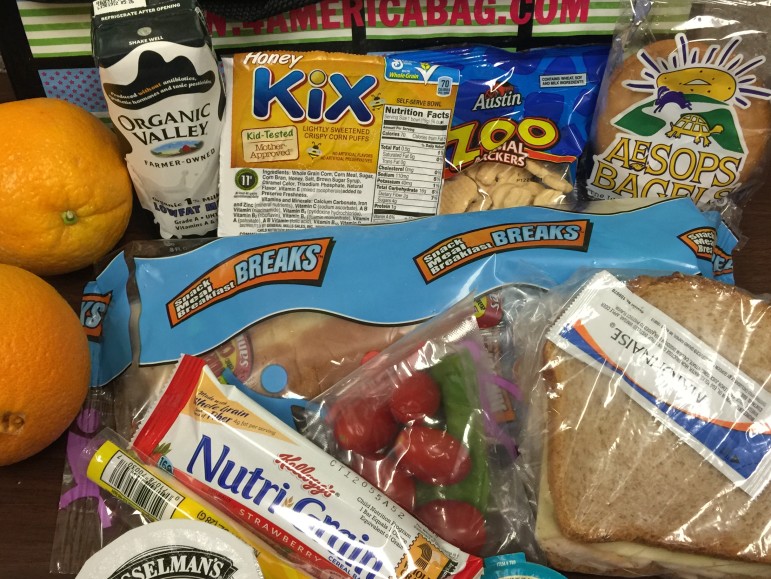
The solution was simple: Volunteers rolled up their sleeves and began borrowing vans and making connections with grocery stores, bakeries and wholesalers to redistribute surplus food to get it into the emergency food system on the very same day for consumption.
Thirty-five years later, the heart and mission of Food For Free remains the same. Working with Cambridge Public School officials, we saw a great need and an opportunity, which solidified a new focus in 2016 — reaching children and families through the school system.
[Related: Soft Drink Industry Fights to Keep its Market, but Presence in Schools Has Lessened]
This winter, Food For Free adopted the Cambridge Weekend Backpack Program as an added avenue to reach students who receive free and reduced-fee lunch, and have also been identified by the school’s Student Support Team as high-need. The weekend backpack program discreetly sends home healthy meals on Fridays, packed in the students’ backpacks, ensuring the students are better prepared to learn the following week. Volunteers fill the backpacks with two breakfasts, two lunches, milk and fresh fruit for every child in the family.
Two new programs — School Markets and Take Home Tuesdays — aim to further improve families’ access to nutritious food. Once per month in three Cambridge schools, parents can choose from a selection of fresh fruits and vegetables, beautifully arrayed like a farmers’ market, as well as household staples such as milk, bread, eggs, pasta, rice and cereal. It’s convenient and free — and the schools have done an impressive job of eliminating stigma for shoppers by making it clear the Markets are open to all families, regardless of income.
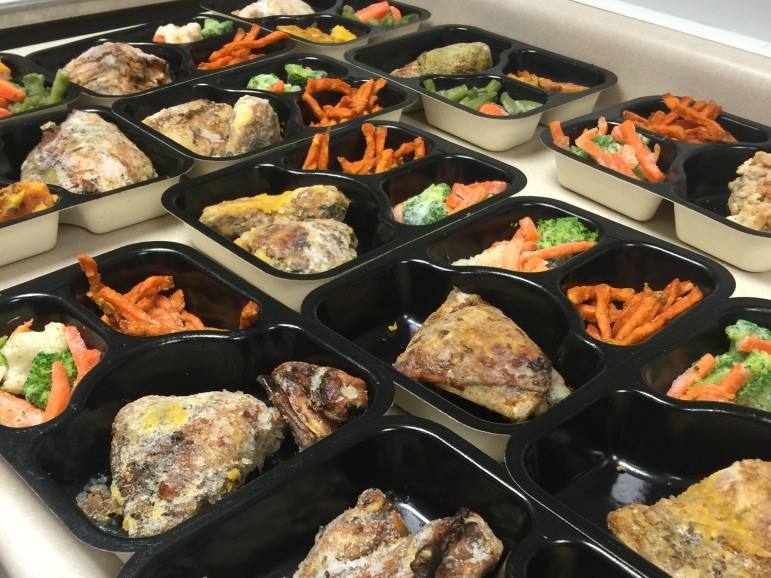
High-need families are also selected to be a part of Take Home Tuesdays, which distributes nutritious frozen meals consisting of a protein, vegetable and starch. The meals are packaged by volunteers in food-safe microwavable containers, and families pick up the packages each week while picking up their children from school.
The goal of school-based programming is to meet people where they are. Families have so many challenges: Providing a healthy meal for their children should not be one of them. Since some of these programs have begun, teachers have noticed a decrease in absences and behavioral issues, and an increase in alertness in the classroom.
The public can help by putting pressure on their local markets and encouraging institutions and markets to donate their surplus food to a local food rescue organization, which distributes the food, or work directly with regional food banks, shelters and soup kitchens to support their needs. Ask your school cafeteria or market: What is happening to the excess food? If it isn’t going to feed hungry people in the community, why isn’t it?
The Good Samaritan Food Donation Act covers all businesses and institutions donating food from a liability standpoint, and in addition to helping one’s community, tax breaks are available for for-profit businesses. Food rescue organizations exist to partner with the community and take the guesswork and logistics out of how to donate surplus food and get it into the hands of those who need it.
Together we bridge the gap between waste and want.
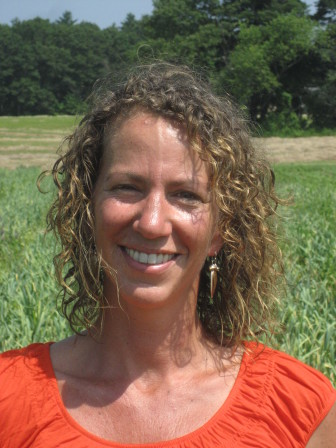 Sasha Purpura is executive director of Food For Free, a Cambridge, Massachusetts-based nonprofit responding to local hunger since 1981.
Sasha Purpura is executive director of Food For Free, a Cambridge, Massachusetts-based nonprofit responding to local hunger since 1981.
To share your story from the field, please email RWallack@YouthToday.org.
More related articles:
Salt Sugar Fat: How the Food Giants Hooked Us
Oases Emerge In America’s ‘Food Deserts’
Food, Fat, Fear: Walking the Line between Informing and Stressing Kids


